2000 Mazda 626 Brake Rotors and Pads
Click here to search another vehicle
All Rotors:
OEM x
Coated x
Drilled, Slotted and Coated x
Front x
Rear x
All Pads:
Ceramic x
Semi-metallic x
Front x
Rear x
Found 13 record
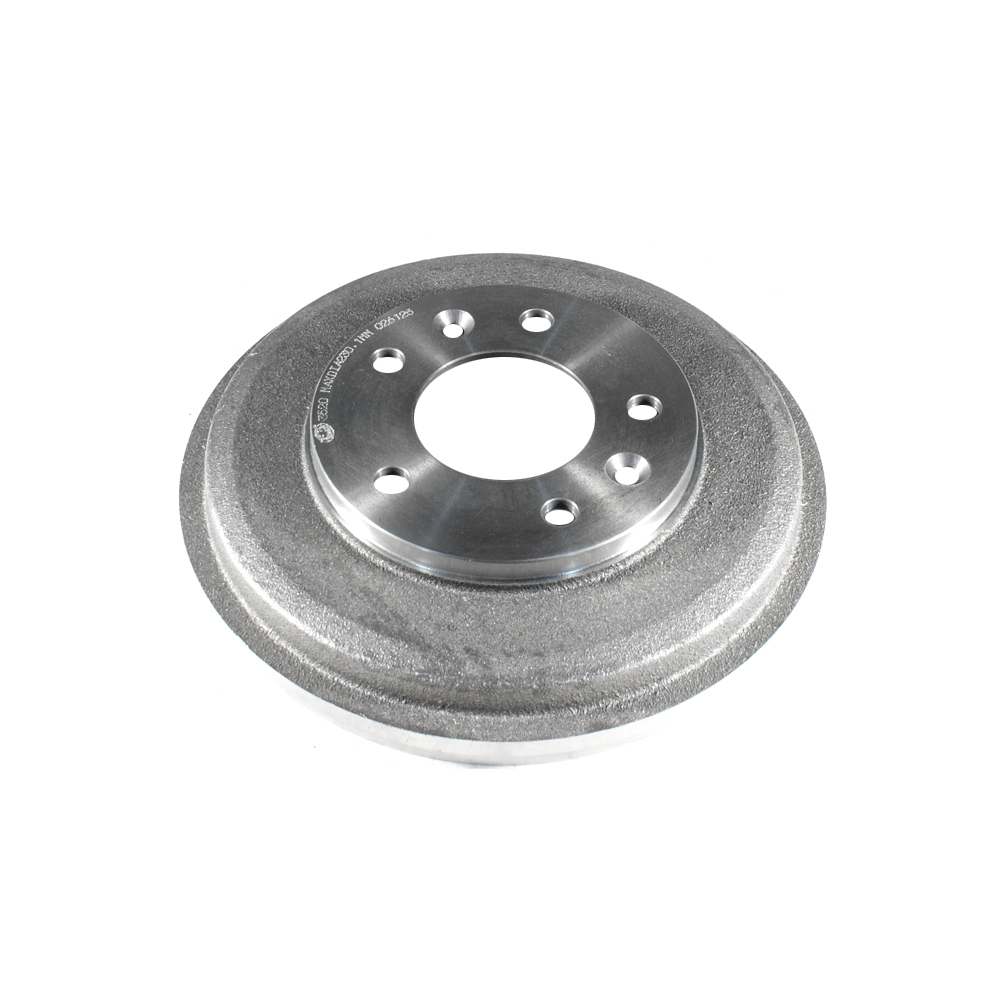
Part No: BD3520
Raybestos: 9544
OE: GA2Y26251A
Raybestos: 9544
OE: GA2Y26251A
$36.13 each
Per Car QTY: 2
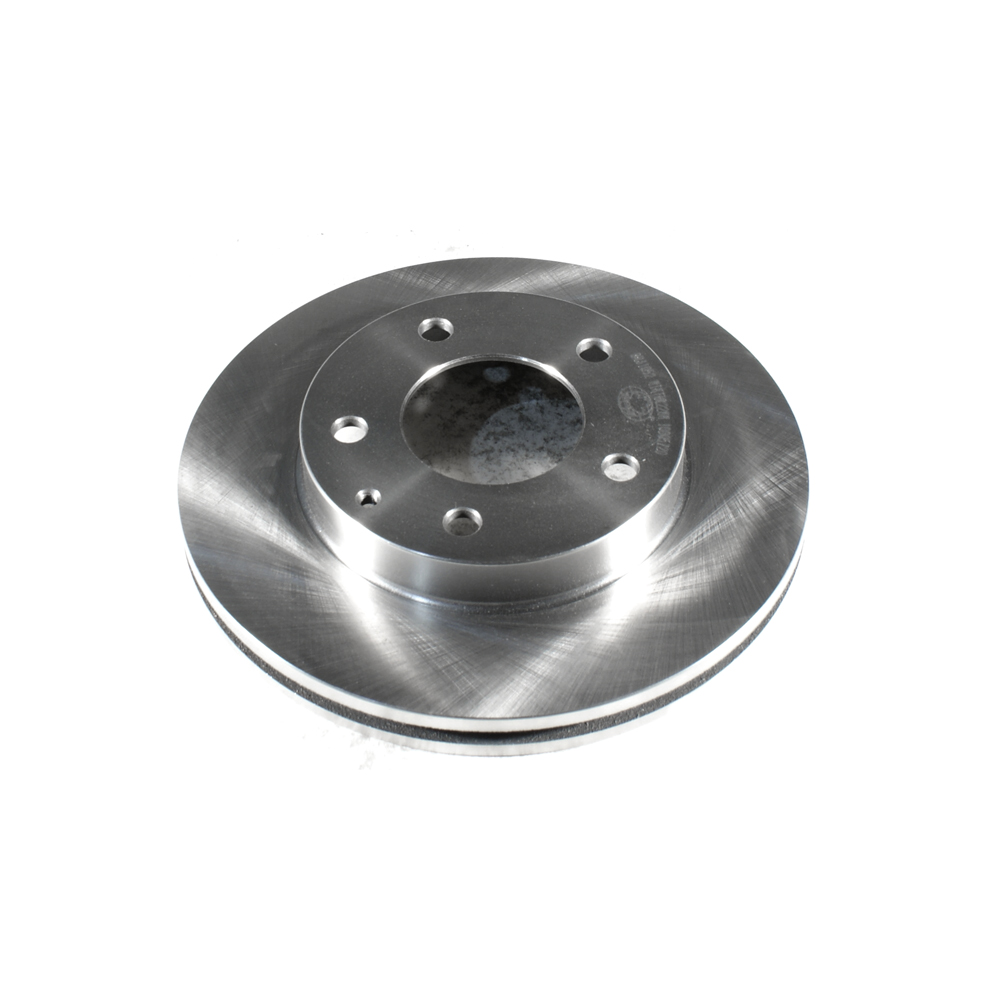
Part No: BR31052
Raybestos: 96318
OE: GA2Y33251
Raybestos: 96318
OE: GA2Y33251
$24.01 each
Per Car QTY: 2
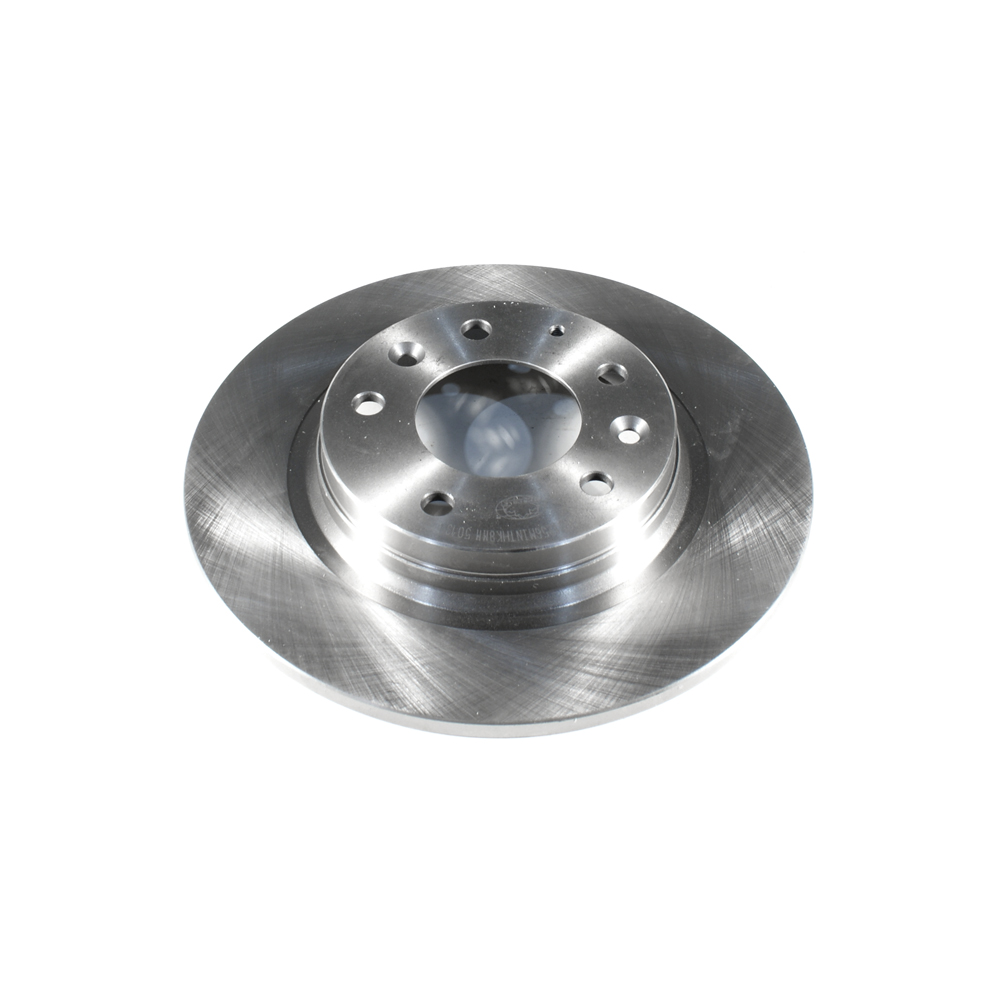
Part No: BR31256
Raybestos: 96791
OE: GD7Y26251
Raybestos: 96791
OE: GD7Y26251
$21.74 each
Per Car QTY: 2
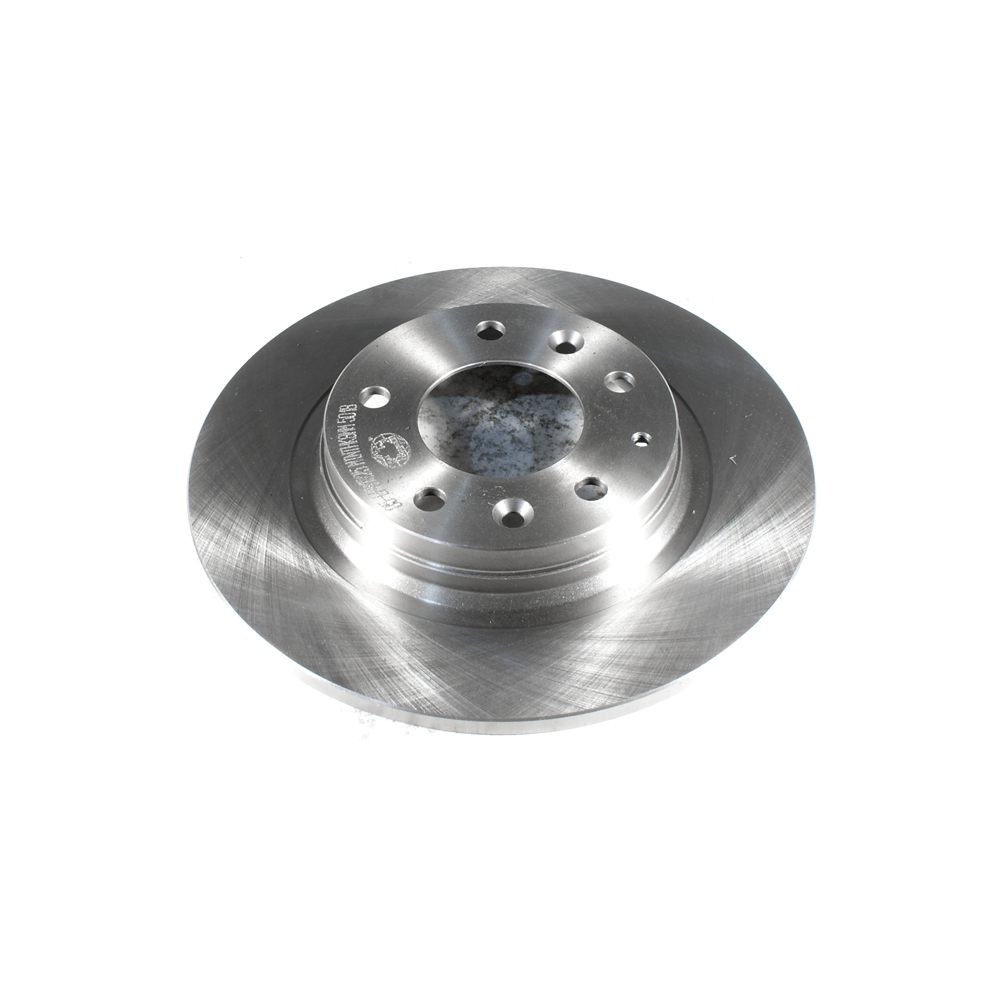
Part No: BR31325
Raybestos: 980172
OE: 6E5Z2C026AA
Raybestos: 980172
OE: 6E5Z2C026AA
$28.8 each
Per Car QTY: 2
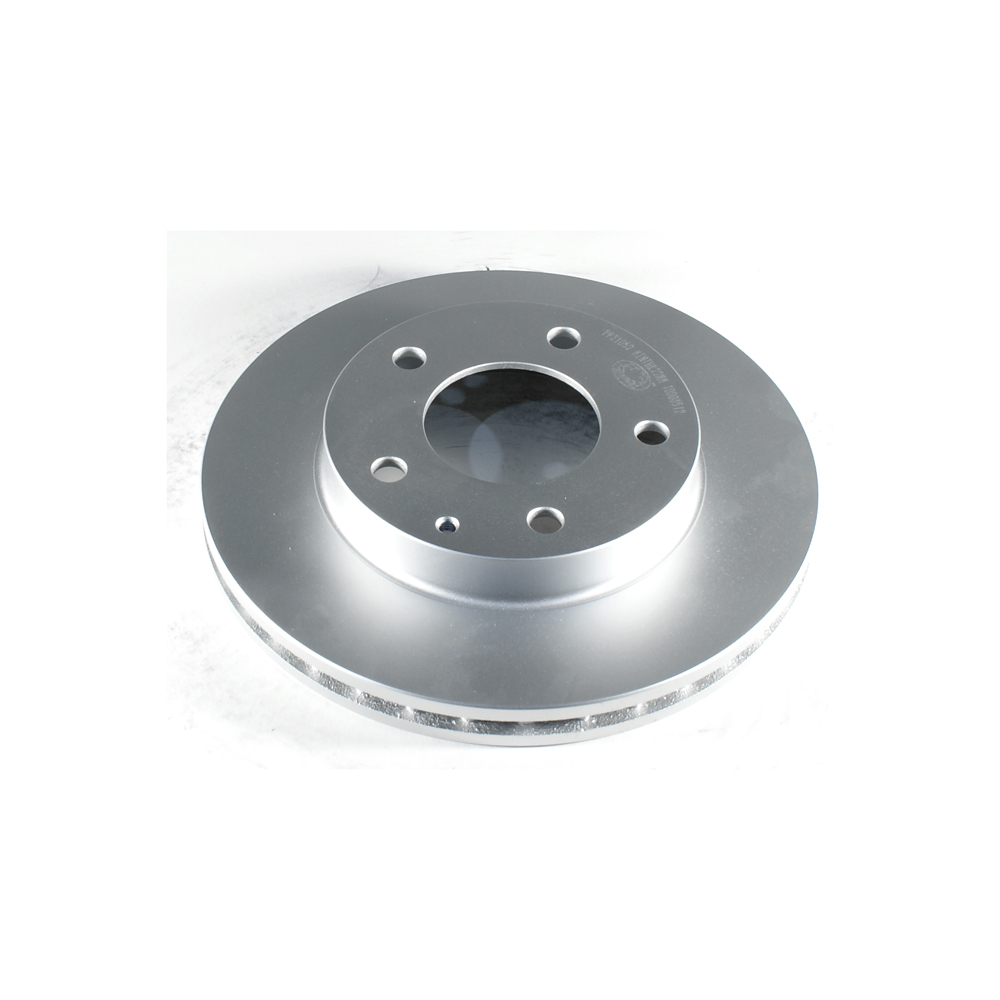
Part No: PP31052
Raybestos: 96318
OE: GA2Y33251
Raybestos: 96318
OE: GA2Y33251
$34.07 each
Per Car QTY: 2
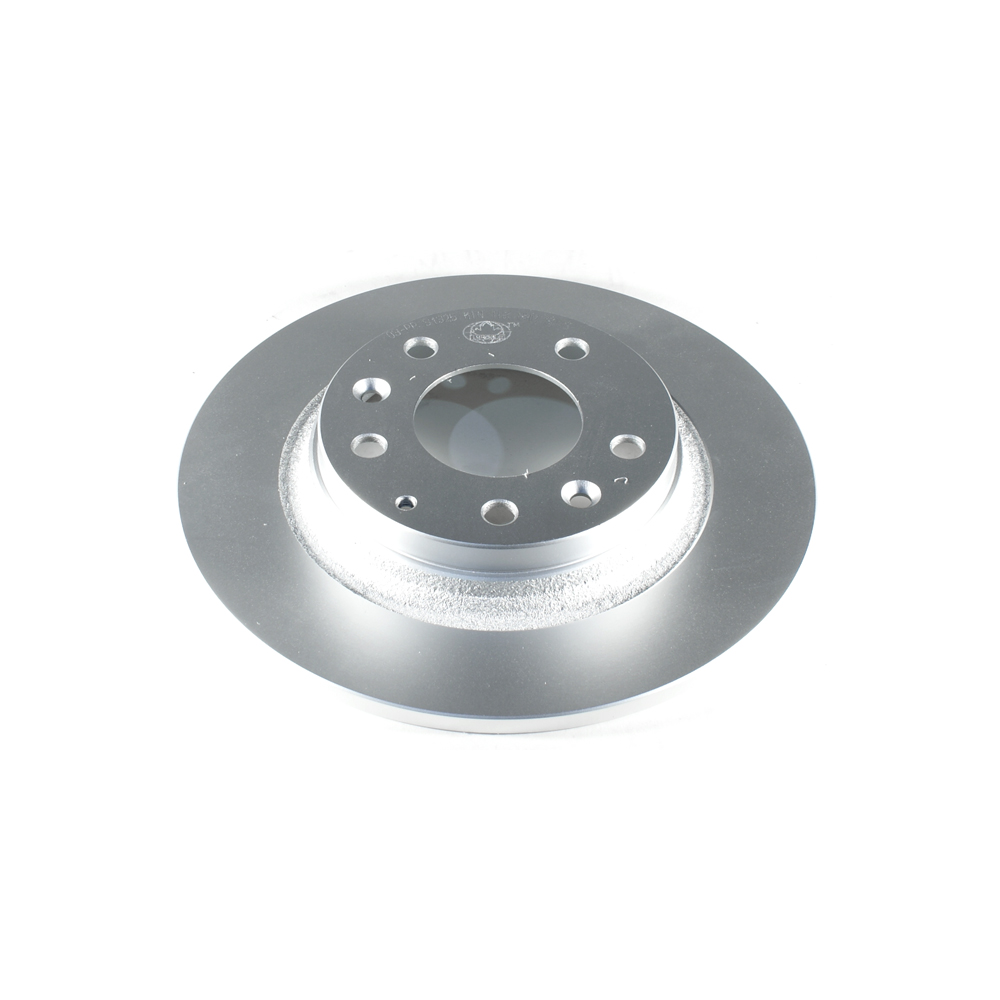
Part No: PP31325
Raybestos: 980172
OE: 6E5Z2C026AA
Raybestos: 980172
OE: 6E5Z2C026AA
$34.27 each
Per Car QTY: 2

Part No: SP31052L
Raybestos: 96318
OE: GA2Y33251
Raybestos: 96318
OE: GA2Y33251
$66.47 each
Per Car QTY: 1
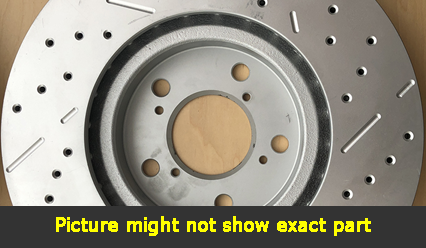
Part No: SP31052R
Raybestos: 96318
OE: GA2Y33251
Raybestos: 96318
OE: GA2Y33251
$66.47 each
Per Car QTY: 1

Part No: SP31325L
Raybestos: 980172
OE: 6E5Z2C026AA
Raybestos: 980172
OE: 6E5Z2C026AA
$66.67 each
Per Car QTY: 1
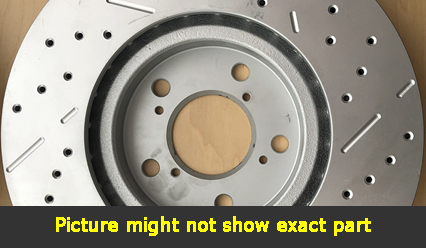
Part No: SP31325R
Raybestos: 980172
OE: 6E5Z2C026AA
Raybestos: 980172
OE: 6E5Z2C026AA
$66.67 each
Per Car QTY: 1
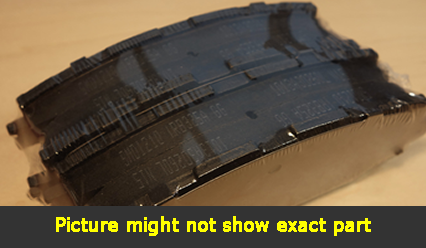
Part No: SMD637
Raybestos:
OE:
Raybestos:
OE:
$20.18 each
Per Car QTY: 1
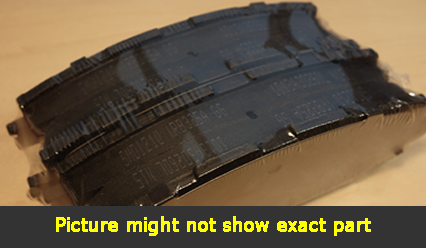
Part No: SMD755
Raybestos:
OE:
Raybestos:
OE:
$22.41 each
Per Car QTY: 1
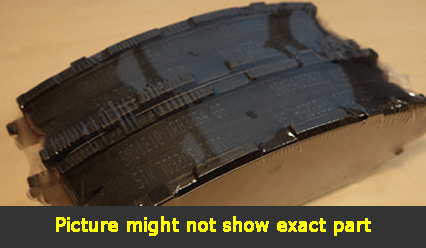
Part No: SMD584
Raybestos:
OE:
Raybestos:
OE:
$17.21 each
Per Car QTY: 1
Braking is a crucial aspect of any vehicle, and the Mazda 626 is no exception. The brakes play a pivotal role in ensuring the safety of both the driver and passengers. In this article, we will take a closer look at the brakes of a 2000 Mazda 626, including their components, maintenance, and potential issues.
The brakes in a 2000 Mazda 626 consist of several key components. The primary ones include the brake pads, rotors, calipers, brake lines, and the master cylinder. Each component has a specific function, and they all work together to provide efficient and reliable braking performance.
Firstly, let's discuss the brake pads. These are the parts that make direct contact with the rotors when the brake pedal is pressed. They are usually made of a dense material, such as ceramic or semi-metallic, that can withstand high temperatures and provide optimal levels of friction. Over time, brake pads wear down and must be replaced to maintain effective braking.
Next, we have the rotors. These are the round, metal discs that the brake pads clamp onto to slow down or stop the vehicle. The rotors should be smooth and free from any significant damage or warping. If they become excessively worn or warped, it can lead to pulsations or vibration while braking, which is a clear sign for rotor replacement.
Calipers, another crucial component, house the brake pads and play a crucial role in applying pressure to the pads, which in turn presses them against the rotors. Proper functioning calipers are essential to ensure balanced and even braking. If the calipers are damaged or become stuck, it can lead to uneven brake pad wear and reduced stopping power.
Brake lines are responsible for transmitting hydraulic fluid from the master cylinder to the calipers, initiating the clamping action of the pads on the rotors. These lines need to be in good condition, without any leaks or cracks, to maintain proper braking performance. Regular inspection is necessary to ensure brake lines are in optimal shape.
The master cylinder is the heart of the braking system, converting the mechanical force applied to the brake pedal into hydraulic pressure that activates the calipers. Maintaining the master cylinder is critical, as any failure or malfunction can lead to a loss of braking power and put the driver and passengers at risk.
To keep the brakes of a 2000 Mazda 626 in top-notch condition, regular maintenance is crucial. It is recommended to have the brake system inspected at least once a year and perform regular brake fluid flushes according to the manufacturer's recommendations. Additionally, keep an eye on the thickness of the brake pads and the condition of the rotors to ensure timely replacements when necessary.
Lastly, it is worth mentioning some potential brake issues that owners of a 2000 Mazda 626 may encounter. Common problems include brake squealing or grinding, pulsation or vibration while braking, and a soft or spongy brake pedal. If any of these issues arise, it is best to have the brakes inspected by a professional mechanic to identify and rectify the problem.
In conclusion, the brakes are an essential safety feature of a 2000 Mazda 626. Regular maintenance, including inspections, replacements, and fluid flushes, is crucial to ensure optimal braking performance. By keeping the brakes in top condition, drivers can enjoy peace of mind knowing that they have reliable stopping power when they need it most.
The brakes in a 2000 Mazda 626 consist of several key components. The primary ones include the brake pads, rotors, calipers, brake lines, and the master cylinder. Each component has a specific function, and they all work together to provide efficient and reliable braking performance.
Firstly, let's discuss the brake pads. These are the parts that make direct contact with the rotors when the brake pedal is pressed. They are usually made of a dense material, such as ceramic or semi-metallic, that can withstand high temperatures and provide optimal levels of friction. Over time, brake pads wear down and must be replaced to maintain effective braking.
Next, we have the rotors. These are the round, metal discs that the brake pads clamp onto to slow down or stop the vehicle. The rotors should be smooth and free from any significant damage or warping. If they become excessively worn or warped, it can lead to pulsations or vibration while braking, which is a clear sign for rotor replacement.
Calipers, another crucial component, house the brake pads and play a crucial role in applying pressure to the pads, which in turn presses them against the rotors. Proper functioning calipers are essential to ensure balanced and even braking. If the calipers are damaged or become stuck, it can lead to uneven brake pad wear and reduced stopping power.
Brake lines are responsible for transmitting hydraulic fluid from the master cylinder to the calipers, initiating the clamping action of the pads on the rotors. These lines need to be in good condition, without any leaks or cracks, to maintain proper braking performance. Regular inspection is necessary to ensure brake lines are in optimal shape.
The master cylinder is the heart of the braking system, converting the mechanical force applied to the brake pedal into hydraulic pressure that activates the calipers. Maintaining the master cylinder is critical, as any failure or malfunction can lead to a loss of braking power and put the driver and passengers at risk.
To keep the brakes of a 2000 Mazda 626 in top-notch condition, regular maintenance is crucial. It is recommended to have the brake system inspected at least once a year and perform regular brake fluid flushes according to the manufacturer's recommendations. Additionally, keep an eye on the thickness of the brake pads and the condition of the rotors to ensure timely replacements when necessary.
Lastly, it is worth mentioning some potential brake issues that owners of a 2000 Mazda 626 may encounter. Common problems include brake squealing or grinding, pulsation or vibration while braking, and a soft or spongy brake pedal. If any of these issues arise, it is best to have the brakes inspected by a professional mechanic to identify and rectify the problem.
In conclusion, the brakes are an essential safety feature of a 2000 Mazda 626. Regular maintenance, including inspections, replacements, and fluid flushes, is crucial to ensure optimal braking performance. By keeping the brakes in top condition, drivers can enjoy peace of mind knowing that they have reliable stopping power when they need it most.


